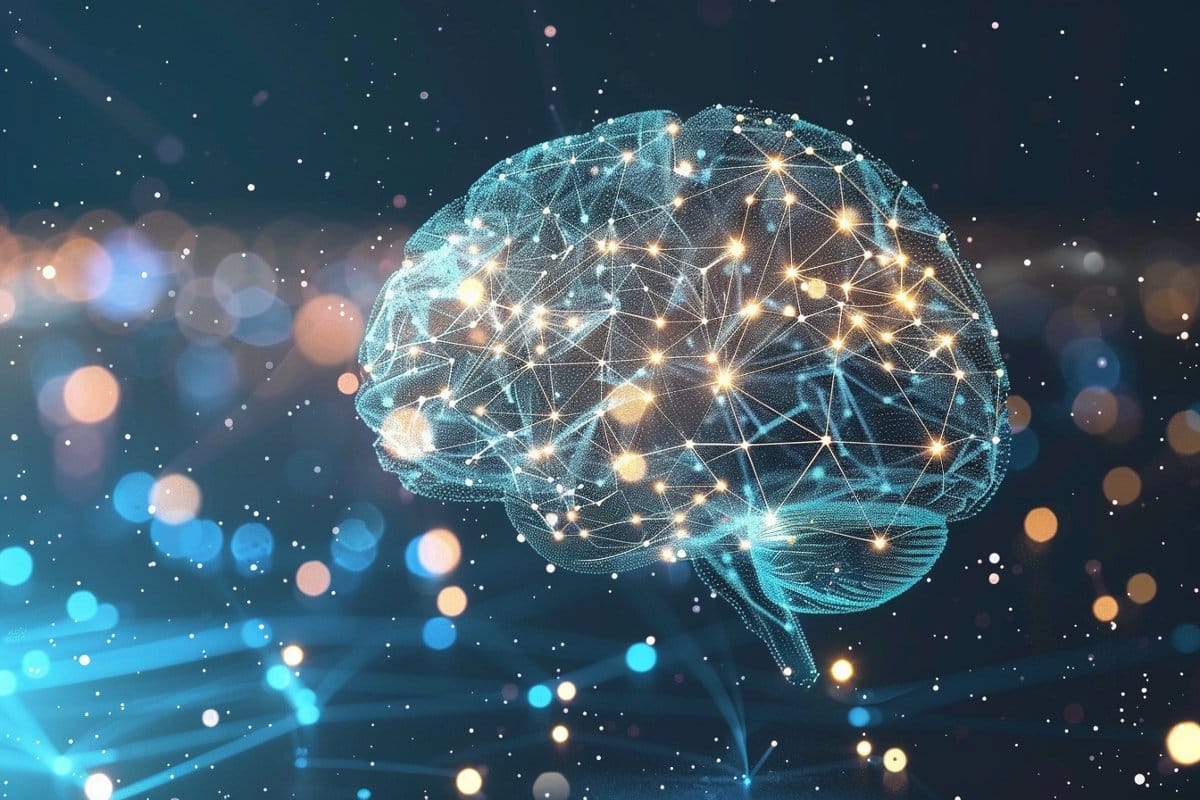Learn about brain health and nootropics to boost brain function
AI Reveals Brain Oscillations for Memory and Disease

Summary: A recent study showcases a significant leap in the study of brain oscillations, particularly ripples, which are crucial for memory organization and are affected in disorders like epilepsy and Alzheimer’s. Researchers have developed a toolbox of AI models trained on rodent EEG data to automate and enhance the detection of these oscillations, proving their efficacy on data from non-human primates.
This breakthrough, stemming from a collaborative hackathon, offers over a hundred optimized machine learning models, including support vector machines and convolutional neural networks, freely available to the scientific community. This development opens new avenues in neurotechnology applications, especially in diagnosing and understanding neurological disorders.
Key Facts:
> AI-Driven Innovation: The study introduces a toolbox of AI models capable of detecting brain ripples, key in memory organization and neurological diseases.
Cross-Species Application: Initially trained on rodent data, these models have been successfully tested on non-human primate EEG data, indicating potential for human application.
Open-Source Contribution: Over a hundred machine learning models from the project are now openly available for research use and further development, demonstrating the collaborative spirit of the scientific community.
Source: CSIC
The study of brain oscillations has advanced our understanding of brain function. Ripples are a type of fast oscillations underlying the organization of memories. They are affected in neurological disorders such as epilepsy and Alzheimer’s.
For this reason, they are considered an electroencephalographic (EEG) biomarker. However, ripples exhibit various waveforms and properties that can be missed by standard spectral methods. The model toolbox emerged as a result of a hackathon, which resulted in a short list for the best detection models. Credit: Neuroscience News Recently, the neuroscience community called for the need to better automate, harmonize, and improve the detection of ripples across a range of tasks and species. In the study, the authors used recordings obtained in laboratory mice to train a toolbox of machine learning models.
“We have tested the ability of these models using data from non-human primates that were collected at Vanderbilt University (Nashville, USA) by Saman Abbaspoor and lab leader Kari Hoffman as part of the Brain Initiative.
“We found that it is possible to use rodent EEG data to train AI algorithms that can be applied to data from primates and possibly human, provided the same type of recording techniques are used.”, De la Prida explains.
The model toolbox emerged as a result of a hackathon, which resulted in a short list for the best detection models. These architectures were then harmonized and optimized by the authors who now provide all codes and data openly to the research community.
Models include some of the best-known supervised learning architectures, such as support vector machines, decision trees, and convolutional neural networks.
“We have identified more than one hundred possible models from the different architectures that are now available for application or retraining by other researchers.”, commented Andrea Navas Olivé and Adrián Rubio, who are first authors of the work.
“This bank of AI models will provide new applications in the field of neurotechnologies and can be useful for detection and analysis of high-frequency oscillations in pathologies such as epilepsy, where they are considered clinical markers” concludes De la Prida, who is part of the CSIC’s AI-HUB connection aimed at advancing the use of AI and its applications. About this AI and neuroscience research news
Author: Maria Gonzalez
Source: CSIC
Contact: Maria Gonzalez – CSIC
Image: The image is credited to Neuroscience News
Original Research: Open access.
“ A machine learning toolbox for the analysis of sharp-wave ripples reveals common waveform features across species ” by Kari Hoffman et al. Communications Biology
Abstract
A machine learning toolbox for the analysis of sharp-wave ripples reveals common waveform features across species
The study of sharp-wave ripples has advanced our understanding of memory function, and their alteration in neurological conditions such as epilepsy is considered a biomarker of dysfunction.
Sharp-wave ripples exhibit diverse waveforms and properties that cannot be fully characterized by spectral methods alone.
Here, we describe a toolbox of machine-learning models for automatic detection and analysis of these events.
The machine-learning architectures, which resulted from a crowdsourced hackathon, are able to capture a wealth of ripple features recorded in the dorsal hippocampus of mice across awake and sleep conditions. When applied to data from the macaque hippocampus, these models are able to generalize detection and reveal shared properties across species.
We hereby provide a user-friendly open-source toolbox for model use and extension, which can help to accelerate and standardize analysis of sharp-wave ripples, lowering the threshold for its adoption in biomedical applications.Join our Newsletter I agree to have my personal information transferred to AWeber for Neuroscience Newsletter ( more information )Sign up to receive our recent neuroscience headlines and summaries sent to your email once a day, totally free.
Read more at neurosciencenews.com